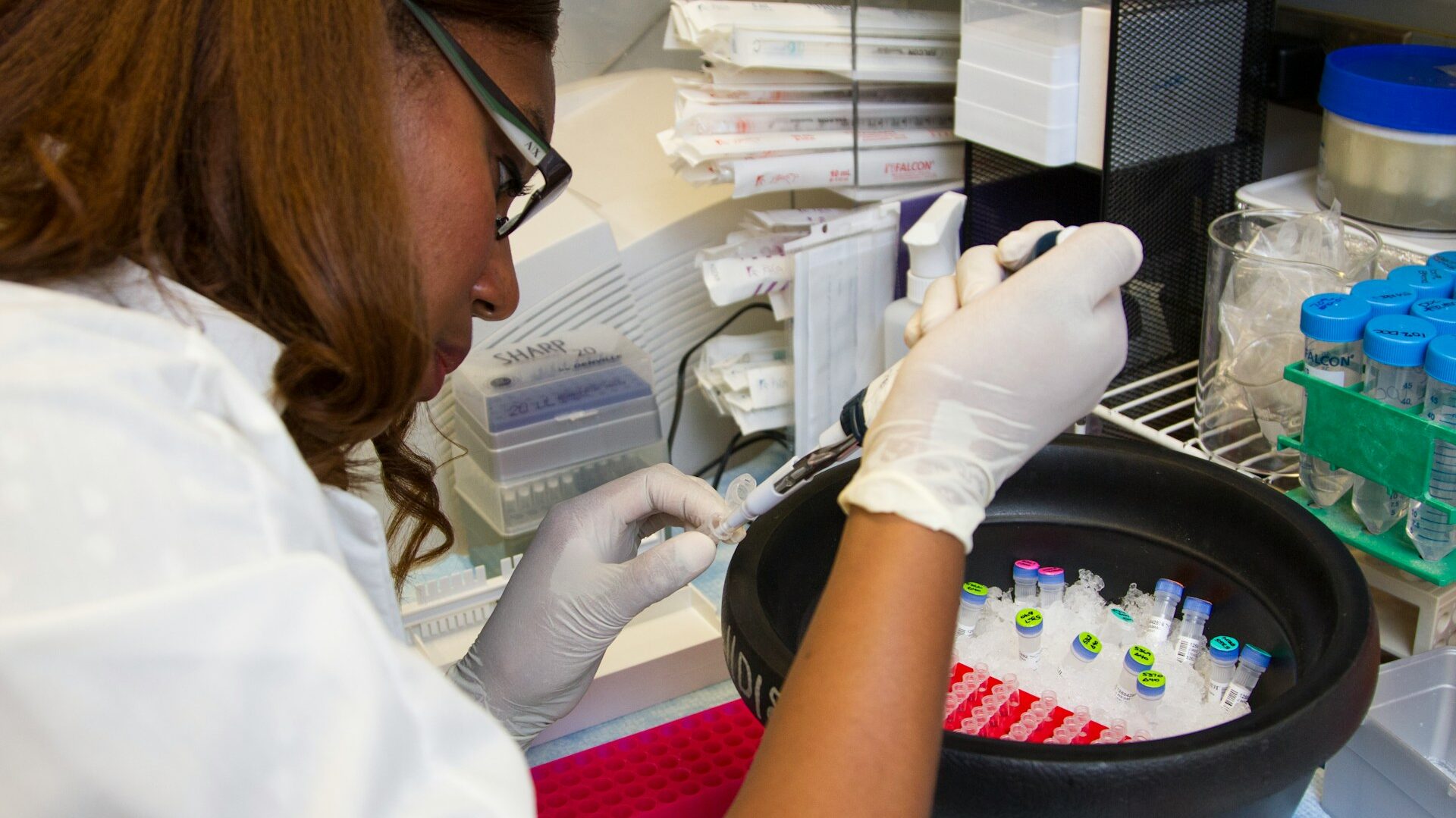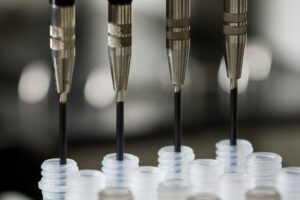DNA sequencing technology has become increasingly common today, playing a crucial role in fields ranging from evolutionary biology to the diagnosis of cancer and rare diseases. As its utility shifts from specialized research toward more everyday applications, it’s becoming increasingly important for everyone to understand what DNA sequencing is. This post is intended as a basic introduction to DNA sequencing for readers without a background in biology. It will explain what DNA sequencing is, how it works, and how it is used in various areas of society.
What is DNA sequencing?
To understand DNA sequencing, one must first understand DNA. Every living organism carries DNA in its cells. DNA is made up of four building blocks called nucleotides: adenine (A), thymine (T), cytosine (C), and guanine (G). The order of these nucleotides instructs cells on how to build and maintain the organism.
DNA sequencing is simply the process of determining the exact sequence of nucleotides in a DNA molecule. Sequencing is done using specialized machines, which take purified DNA as input and generate text files that show the order of nucleotide sequences.
How Does DNA Sequencing Work?

DNA sequencing reads the order of nucleotides in a DNA using specialized machines. Due to the chemical properties of DNA and the characteristics of different sequencing machines, DNA needs to be prepared in specific ways to be sequenced. The following are the steps for the most common DNA sequencing approach.
DNA can be collected either directly from an organism or indirectly from its environment. Direct sources typically include blood, tissue, bone, or hair. Indirectly, DNA can be obtained from environmental samples such as soil, water, or even air, where organisms have left traces of genetic material that can be sequenced.
Once samples are collected, DNA must be separated from other components such as soil particles, proteins, and fats. This is achieved through a combination of physical and chemical methods that isolate and purify the DNA.
Raw DNA cannot be directly sequenced. It must first be processed by cutting it into smaller fragments. These fragments are then tagged so the machine can identify and read them, and the DNA content can be amplified if the volume is insufficient. This process is called ‘library preparation’ because the DNA fragments are labeled and organized—much like books in a library—to be readable by the sequencer.
The prepared DNA fragments are loaded into a sequencing machine, which reads the nucleotide sequences of many fragments simultaneously. The machine generates output files containing the sequences of all the DNA fragments.
While the sequencing process generates data, the raw output of nucleotide sequences require further processing to be interpreted. Specialized software assembles the DNA fragments in the correct order to reconstruct the full DNA sequence. Depending on the application, the data is then analyzed differently.
Why is DNA Sequencing Important?

The applications of DNA sequencing are vast. Below are some areas where sequencing technology plays a key role.
- Evolutionary Biology:
The evolutionary history of species can be inferred by comparing DNA data across organisms. The similarities and differences across DNA signatures provide insights into how species relate and how species diverged. These insights combined with the knowledge of the geologic and the climatic past provide us with stories of population size dynamics and the movement of the present day and extinct species. - Conservation and Ecology:
DNA data can inform conservation decisions through insights on population health and species range. A healthy population usually has individuals that differ from each other in various ways, and DNA sequencing uncovers the genetic diversity of a population. Sequencing can also detect rarely observed species and identify cryptic species that are hard to distinguish physically. Understanding species range and the presence/absence of rare species helps inform land-use decisions. - Agriculture:
Sequencing technologies allow for the identification and selection of desirable genetic traits in crops and livestock. Desired traits such as crop yield and disease resistance are most often genetic, and sequencing technology can discover the reasons behind these traits, which accelerates breeding programs and helps develop more sustainable agricultural practices. - Healthcare and Medicine:
DNA sequencing is crucial in diagnosing a wide range of conditions, from inherited diseases to cancer, and in guiding personalized treatments. By identifying disease-causing mutations, it enables early interventions and supports the development of gene-based therapies. - Epidemiology:
In epidemiology, DNA sequencing is crucial for tracking the spread and mutation of pathogens such as viruses and bacteria. By analyzing genetic sequences of infectious agents like COVID-19, public health officials can monitor outbreaks, understand transmission patterns, and develop targeted responses to control disease spread. - Forensics:
DNA sequencing is a powerful tool in forensic science, used to identify individuals based on genetic material left at crime scenes. As each individual has a unique genetic signature, sequencing enables precise identification for criminal investigations, paternity testing, and even identifying victims in mass casualty events or cold cases.
Conclusion
The field of DNA sequencing has now matured in terms of technology, insights, and cost-efficiency, making its use increasingly commonplace across various applications. DNA sequencing is the process of determining the exact sequence of nucleotides in a DNA molecule. Whether it’s understanding the origins of species, conserving endangered populations, enhancing agricultural productivity, improving human health, tracking disease outbreaks, or solving crimes, DNA sequencing plays a major role. As technology advances and costs decrease, the applications of DNA sequencing will continue to grow, offering even greater insights and innovations.


